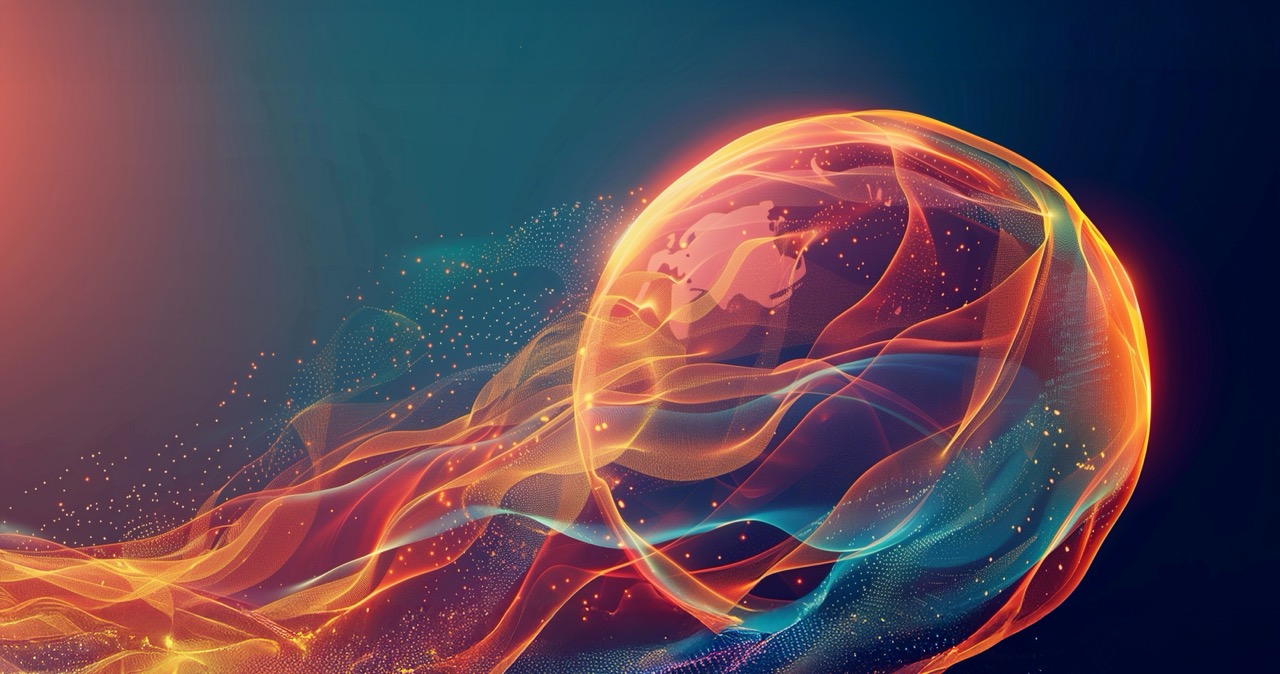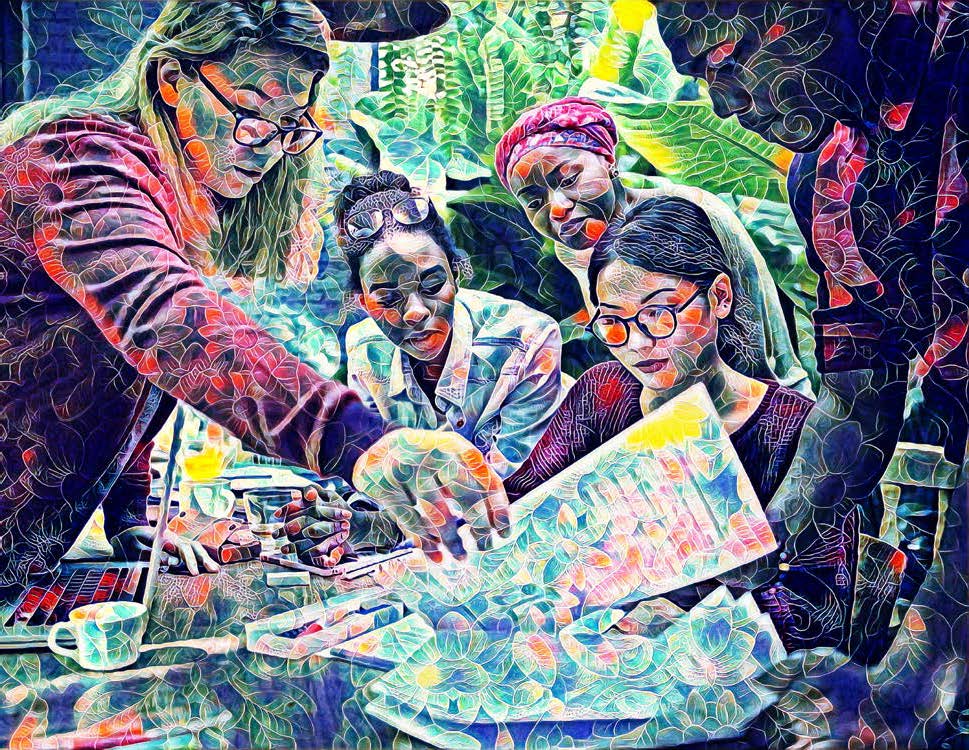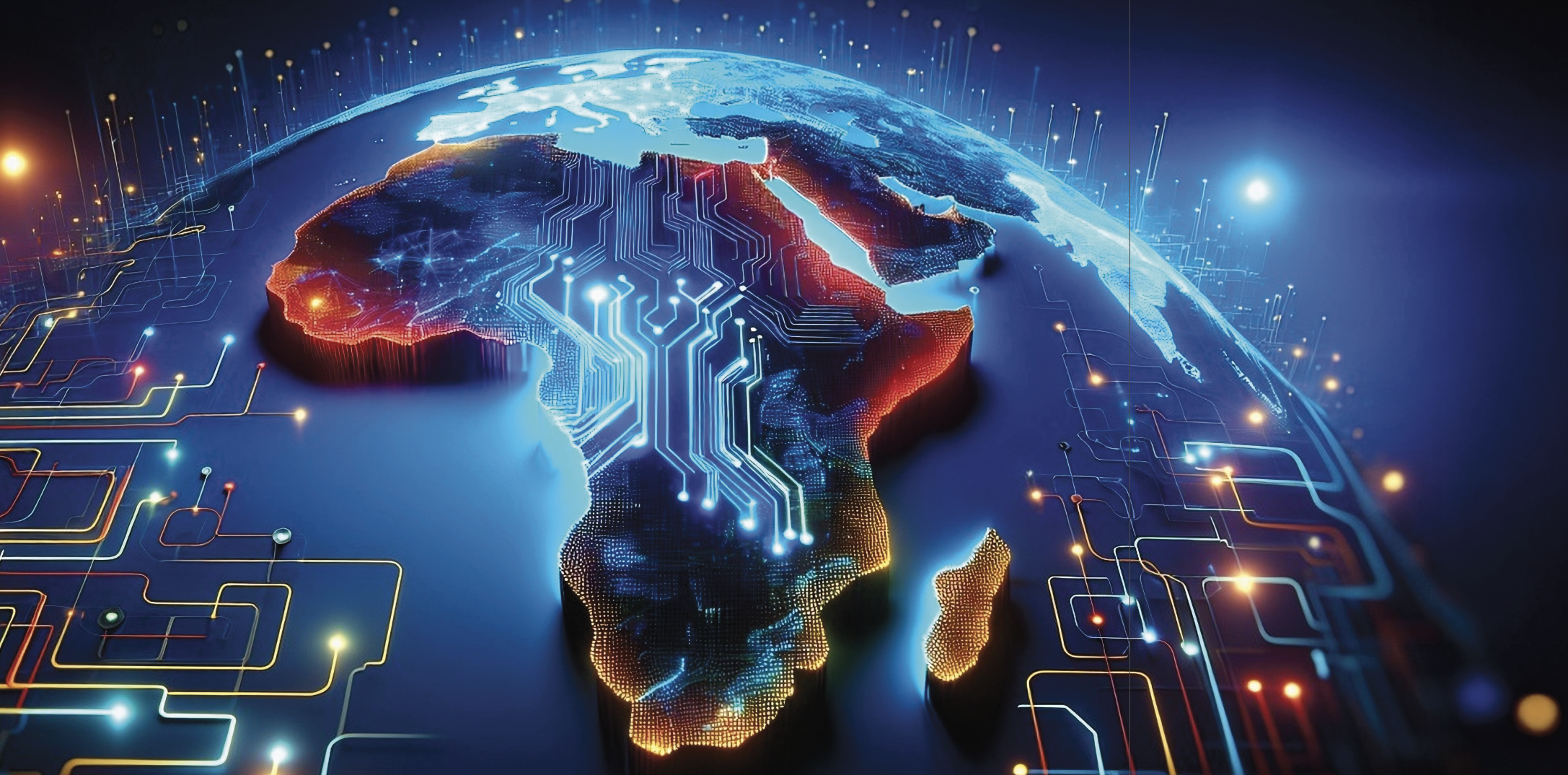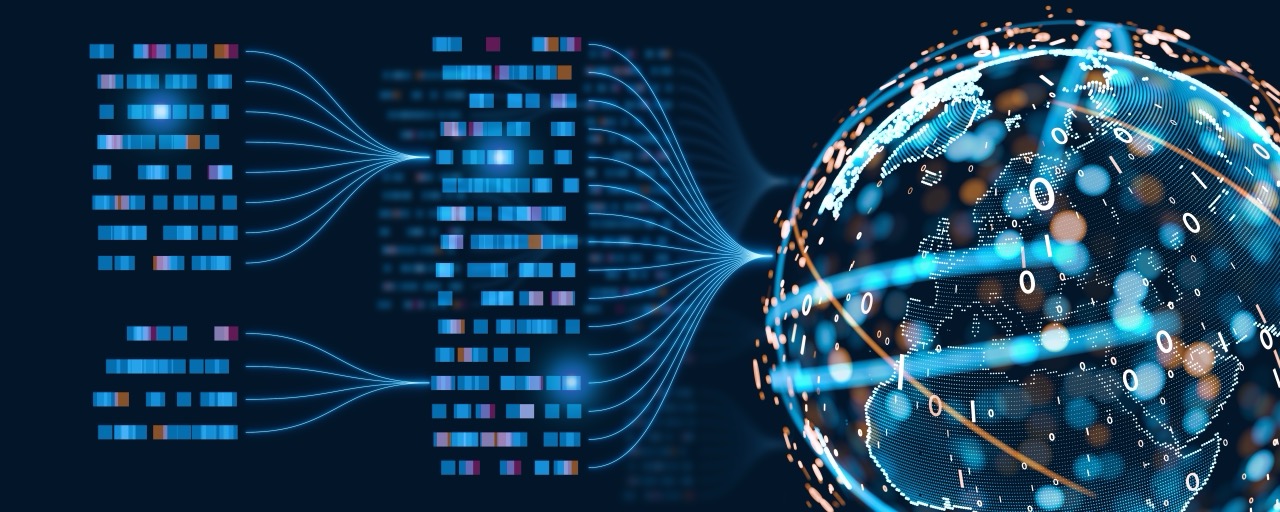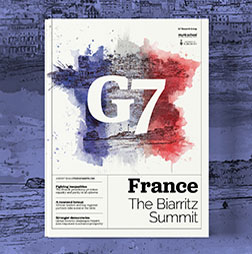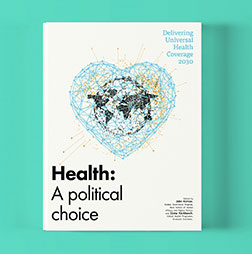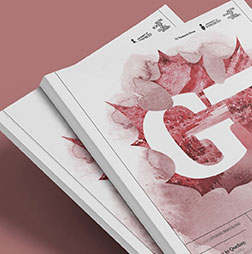Passing the torch: From West to East
Covid-19 sent a metaphysical message to humanity. We have not grasped it.
What was the message? In the past, when humanity lived in 193 separate countries, it was akin to us living in 193 separate boats. Hence, if Covid-19 were to hit one boat, the others would be safe. They were physically separated. Yet Covid-19 spread effortlessly to 193 countries, proving beyond a shadow of doubt that humanity now lives in 193 separate cabins on the same boat.
Imagine sailing on a big cruise ship in the middle of the ocean. News breaks that a few cabins have been infected with a highly contagious disease. And it could spread through the air ducts. Can we take our cabin and leave the ship? No country could during Covid-19. Since humanity is now sailing on the same ship, we have no choice but to come together to prevent any infectious disease from erupting anywhere on the ship, in either the first-class cabins or the third-class cabins.
Given this undeniable global condition of total interdependence, it is shocking that the world’s richest and most powerful country has decided to leave the World Health Organization, the only global body available to humanity to prevent and deal with infectious diseases. And there was no explosion of outrage in the American body politic, even though this move jeopardises Americans as much as it jeopardises the rest of humanity. This move, coming after the reluctance of the affluent western countries to share vaccines during the height of Covid, convinced the Global South that it could no longer rely on the West to help in a crisis.
Are there glimmers of hope? Fortunately, there are. In the first few months after Covid-19 vaccines became available, western countries were reluctant to share vaccines with the Global South. As the United Nations described the situation, “as many high-income countries begin to contemplate post-vaccination life, the future in low-income countries appears quite bleak”. Both China and India stepped up and generously shared their vaccines. Prior to June 2021, when the G7 members finally pledged to share 870 million doses of vaccines, China, the European Union, India and Russia had provided the majority of global vaccine exports. However, the EU doses had largely gone to developed countries such as Canada, Japan and the UK. By contrast, China, India and Russia’s exports went mainly to developing countries. Prime Minister Narendra Modi was conferred high honours by several African and Caribbean countries for India’s timely Covid aid.
A new direction for health leadership
China and India can now build on their generous responses to Covid by taking the torch of global leadership on health issues from the West. As we move steadily into the Asian 21st century, it is inevitable that the world will expect more global leadership from Asia. Health is the easiest place for global cooperation and leadership, since all human beings share a common desire for good health. And there are at least three additional reasons why China and India should step up their leadership in global health.
First, as a result of the spectacular success of western medicine in both extending and saving human lives, we have forgotten that China and India have also developed their own medical traditions over millennia: China with Traditional Chinese Medicine and India with Ayurveda. Indeed, these Chinese and Indian practices spread far and wide to Central Asia and Southeast Asia. Another little-known fact is that Chinese and Indian medicine (along with ancient Greek medicine) travelled to the West in medieval times (through the Islamic civilisation), thereby helping to spark the advent of modern western medicine during the Renaissance. As both Chinese and Indian civilisations are going to experience a massive cultural renaissance in the 21st century, they can carry out modern scientific research on their ancient medical knowledge and traditions and share this with the world.
Harnessing innovation for all
The second reason is that both China and India, which are pharmaceutical giants, are also developing innovative new practices in public health at lower cost, which could be applicable to other developing countries. Their use of digital technologies and big data could enable leap-frogging initiatives that can advance public health in large populations that are distributed over wide geographical areas, including remote and rural settings, and far away from conventional healthcare facilities. In so doing, both will be joining other developing countries, such as Thailand, Saudi Arabia, Qatar and the United Arab Emirates, which have stepped up their health assistance significantly.
The third reason is a political one. Despite good bilateral relations on the surface, there is a significant lack of trust between China and Indian leaders, especially after the border clashes in Galwan in June 2020. Yet China and India, two of the greatest civilisations, have coexisted in peace through millennia. Coming together to strengthen global public health cooperation and deliver global public health goods will help to build bridges of trust between these two ancient civilisations.
The return of China and India as economic giants is perfectly natural, since they always were the two largest economies of the world from the year 1 to 1820. Yet with great power comes great responsibility. The best way for China and India to show great global responsibility is to cooperate and lead on global health. Then the rest of humanity, who are now sailing on the same ship, will breathe a huge sigh of relief that new global leaders are emerging to guide the small interdependent world that we have become. The torch of leadership will be slowly passed on, from West to East.
